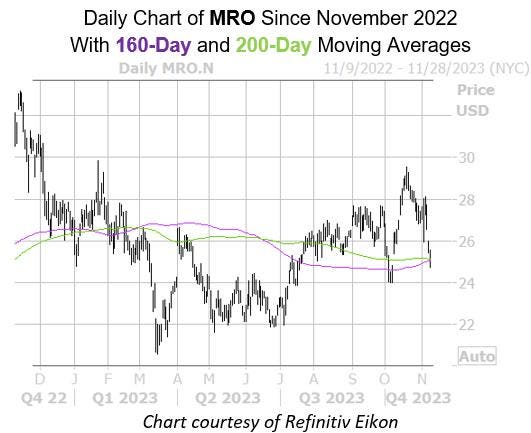An extraordinary run of global temperature records means that 2023 is now “virtually certain” to be the warmest year ever logged, according to the EU’s climate change service.
The EU’s Copernicus Climate Change Service (C3S) on Wednesday said that this was the warmest October on record globally, noting an average surface temperature of 15.3 degrees Celsius (59.54 degrees Fahrenheit) over the period.
That was 0.85 degrees Celsius above the 1991-2020 average for October and 1.7 degrees Celsius warmer than the preindustrial period of 1850-1900.
The data, which is collated from the measurement of satellites, ships, aircraft and weather stations around the world, show the global mean temperature year-to-date is the highest on record. It leaves 2023 firmly on track to surpass the temperature average for 2016 — currently the warmest year ever recorded.
Extreme heat is fueled by the climate crisis, the chief driver of which is the burning of fossil fuels.
Climate scientists said the findings are “like something out of a Hollywood movie” and attributed the rise in global temperatures to ever-increasing greenhouse gas emissions and a strengthening El Niño event.
Samantha Burgess, deputy director of C3S, said the exceptional temperature anomalies of October followed a four-month period in which global temperature records were “obliterated.”
“We can say with near certainty that 2023 will be the warmest year on record, and is currently 1.43ºC above the preindustrial average,” Burgess said.
Referencing the upcoming 2023 United Nations Climate Change Conference, she added, “The sense of urgency for ambitious climate action going into COP28 has never been higher.”
A ‘hot mess’
Policymakers and business leaders from around the world will convene in Dubai in the United Arab Emirates between Nov. 30-Dec. 12 for talks on how to address the worsening climate crisis.
Each year, ministers representing countries across the globe gather at COP to discuss how to achieve the aspirational goal of the landmark 2015 Paris Agreement — curbing global heating to just 1.5 degrees Celsius by 2050.
The world has already warmed by around 1.1 degrees Celsius after over a century of burning fossil fuels as well as unequal and unsustainable energy and land use. Indeed, it is this temperature increase that is fueling a series of extreme weather events around the world.
C3S said that El Niño conditions continued to develop in the equatorial Pacific, although the latest temperature anomalies remain lower than those reached during the development of the historically strong 1997 and 2015 El Niño events.
El Niño is a naturally occurring climate pattern that contributes to higher temperatures across the globe. The U.N. weather agency declared the onset of El Niño on July 4, warning its return paves the path for a likely spike in global temperatures and extreme weather conditions.
“Laid out so starkly, the 2023 numbers on air temperatures, sea temperatures, sea ice and the rest look like something out of a Hollywood movie,” said David Reay, a climate scientist at Edinburgh University, in a statement. “Indeed, if our current global efforts to tackle climate change were a film it would be called ‘Hot Mess.'”
Friederike Otto, a climate scientist from Imperial College London, said it is important to highlight that the October heat record should not be seen as “another big number that is statistically interesting.”
She added, “Within this year, extreme heatwaves and droughts made much worse by these extreme temperatures have caused thousands of deaths, people losing their livelihoods, being displaced etc.”
Read the full article here







